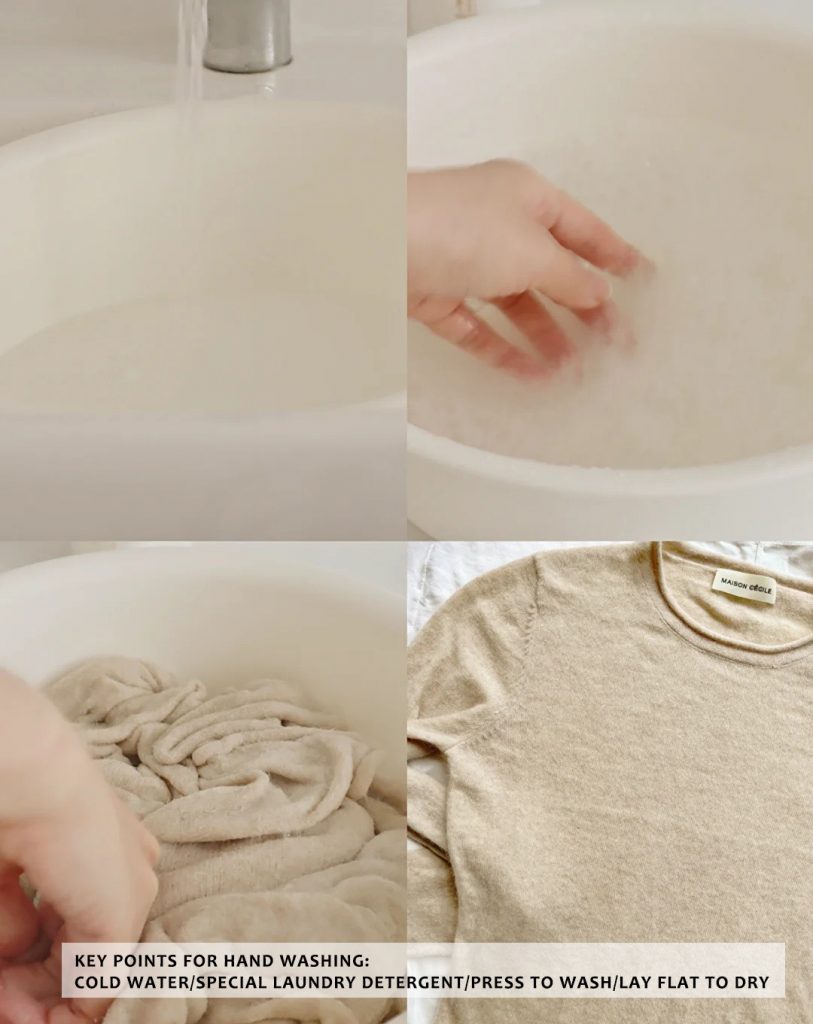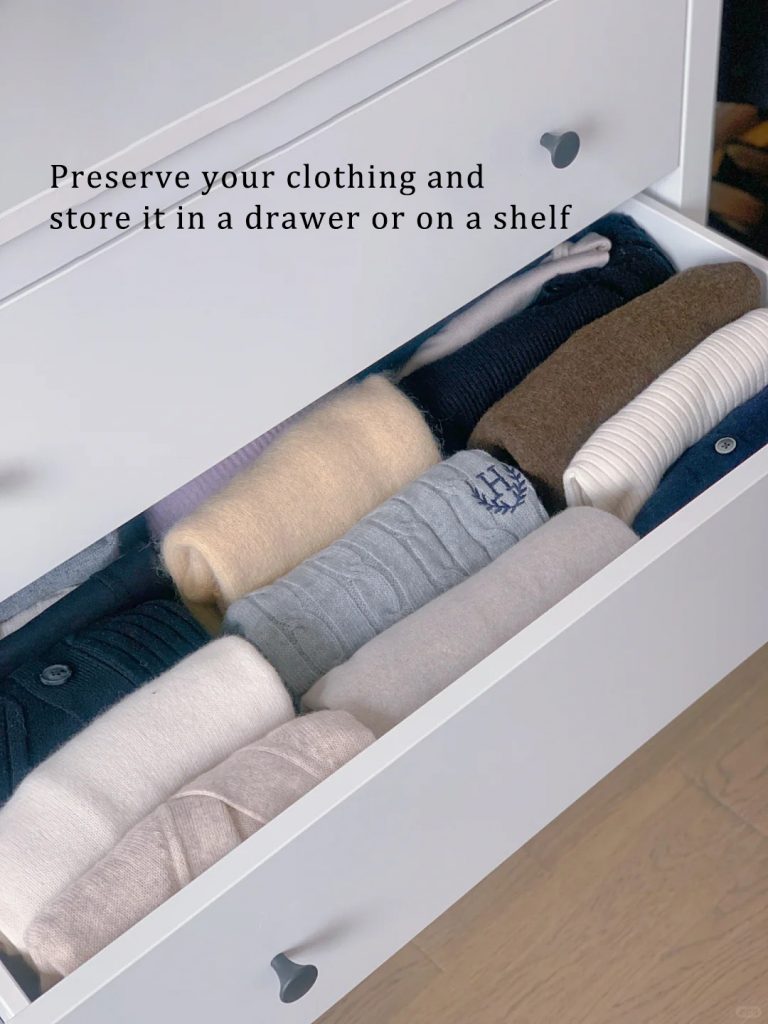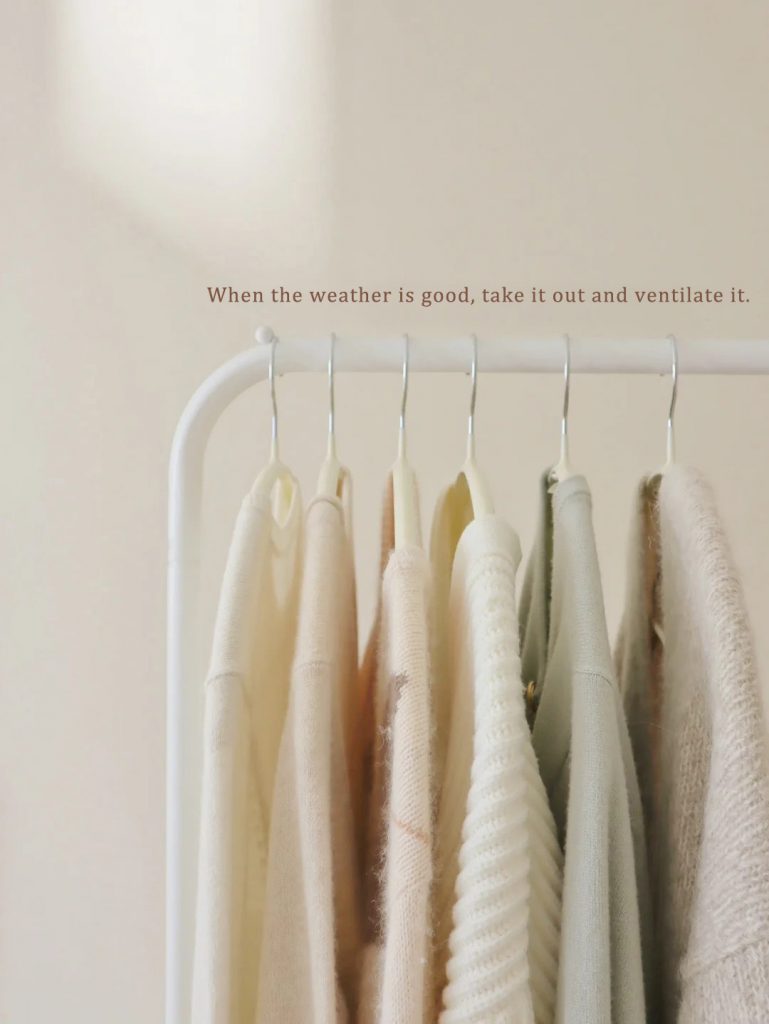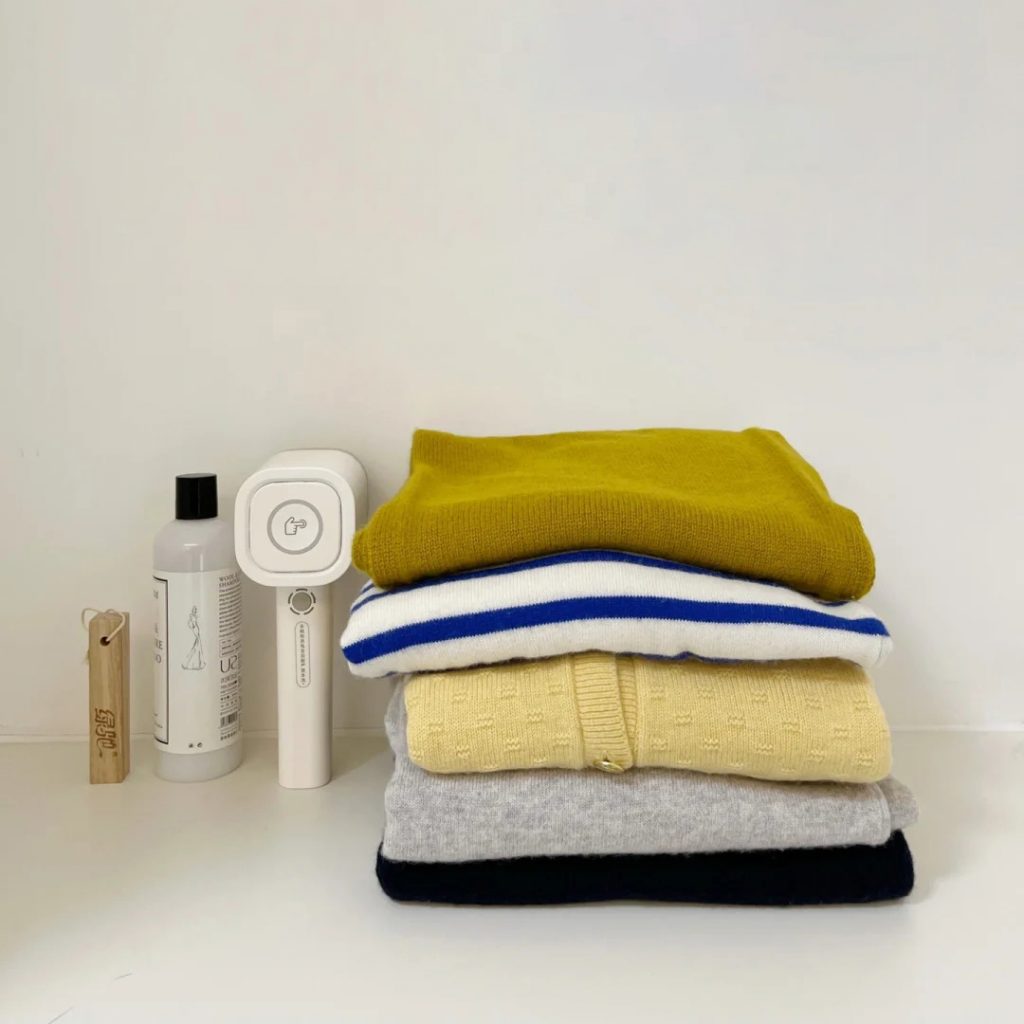Being a knitwear wholesaler, you know very well how much woolen products are in demand. The reason why woolen garments are so warm, soft, and moisture-absorbent is that the natural crimp in wool fibers allows them to be so. Consumers love them for this. On the other hand, the fact that wool easily shrinks forms pills on its surface and can become moth-eaten may put off some customers and harm your brand reputation.
For the competitive edge of wool knitwear and the retention of patronage, it is necessary to make sure proper care labels are duly affixed. By so doing, you educate your customers on how to take care of woolen pieces of clothing that will consequently give them a longer lifespan and be satisfied, all of which will, in turn, help to increase your sales.
The following is an exploration of the details of wool care, which arms you with the information and implements needed to better proselytize for your woolen wardrobe. When armed with the knowledge of the distinct attributes of wool and provided with pragmatic care recommendations, you will be able to portray your products as premium-quality items that provide excellent value for their cost.
Part I. Cleaning Your wool knitwear
Dry cleaning is more recommendable:
For the most effective results, it’s always beneficial to dry-clean wool garments that are pure. Dry cleaning is a mild procedure that removes debris and stains from clothing without negatively impacting the delicate fibers.
Hand washing:
If you want to hand-clean, utilize warm water with a specific detergent for wool (around 30°C). Avoid using hot water or harsh detergents; these chemicals can cause the wool to shrink and the felt to break.

Mechanical cleaning:
If machine washing is imperative, always utilize a mild cycle and a laundry bag to shield the clothing. Select a front-loader machine and a delicate wool procedure.
Avoiding wrinkling and twisting led to the development of these problems.
Over-exposure to water can lead to the wool’s fibers being stretchy and corrupt. Instead, softly pull the water from the clothing using a towel.
Drying:
Never dry the wool in the dryer, as the high temperature can lead to shrinkage and damage. Allow the clothing to air dry on a drying rack or towel. Avoid sunlight that is direct, this can lead to coloration.
Key points:
Avoid fabric softeners and bleach:
These goods can adversely affect the wool fibers.
Don’t hang up to dry:
The burden of damp clothing can lead to stretching and a loss of form.
Preserve properly:
When not in use, store your wool clothing in a drawer or on a shelf, away from direct sunlight and moths.

What are the reasons for precautions?
Wool fibers have a unique scaly structure that causes them to be warm and soft. However, these scales can be adversely affected by heat, movement, and harsh chemicals. Following these instructions on care, you can help maintain the shape, color, and softness of your wool clothing for the long haul.
Part II: Caring for Your wool knitwear
Handle with care:
Knitwear, especially wool, is susceptible to stretching and losing its original shape. After cleaning, avoid pulling or twisting the garment in order to not degrade the fibers. Instead, softly blot the water’s excess using a towel.
Drying:
After cleaning, arrange your wool-based clothing on a drying rack or a fresh towel. Avoid hanging it from a clothesline; this can lead to the shoulders being stretched and the garment becoming deformed. Ensure the area for drying is well-ventilated and away from direct heat sources.
Avoiding Direct sunlight:
Exposure to sunlight in excess can lead to the wool being faded, yellow, and becoming fragile. Siempre keeps your wool clothing in a cool, dark location.
Storage:
When storing your wool clothing, it’s more effective to fold it than to hang it. Hanging can lead to the shoulders being pulled in and losing their form. Preserve your clothing and store it in a drawer or on a shelf. Insert your clothing into fabric bags or drawers that are breathable in order to shield them from dust and moths.

Regular Maintenance:
In humid or warm climates, it’s recommended to air out your wool knitwear every few months to prevent mildew and musty odors.
For long-term storage, it’s crucial to preserve your wool-based clothing from moths and other predators. Know that wool is composed of keratin, a protein that is also present in human hair, nails, and animal fur. This protein-filled substance is a rich food source for these hungry moths. Additionally, wool promotes a warm, dark environment, which is ideal for the larvae to grow and develop. However, cedar shells or mothballs can be placed in your storage area in order to prevent these pests. Additionally, you should regularly assess your clothing’s stored state for the presence of damage, such as holes or discoloration.
Why these precautions?
The wool fibers have a natural stretchiness that enables them to stretch and return to their original state. However, excessive stretching or exposure to heat can damage these fibres, causing the garment to lose its shape and felt.
Part III: Dealing with Pilling on wool knitwear
Understanding Pills
Pills are common in wool knitwear, especially in areas where friction often occurs. When loose fibers become tangled on the surface of the fabric, they form small balls called pills.
Preventing Pills
To minimize pilling, always handle wool knitwear with care. Don’t wear them over rough or textured fabrics that could cause excessive friction. Additionally, be aware of your surroundings and try to minimize contact with surfaces that could cause pills. For example, don’t wear a sweater under a backpack or rub it against a rough surface like a table or sofa.
Pilling is a common occurrence with wool knitwear, especially in areas that experience frequent friction. When the loose fibers on the surface of the fabric become tangled, they form small balls known as pills.

Removing Pills
- Manual Removal: Small, isolated pills can be gently pulled off with your fingers or carefully cut off with small scissors. Be careful not to damage the fabric underneath.
- Fabric Shaver: A fabric razor is a special tool for removing pills without damaging the garment. Gently slide the razor over the pilled area, making sure to move in the direction of the strands.
- Razor: In an emergency, you can use a clean, sharp razor blade to remove pills. However, always be careful to avoid cutting the fabric.
- Scotch Tape: For small areas, you can use a piece of Scotch tape to gently lift off the pills.
Washing Tips
- Turn inside out: To reduce friction and prevent pilling, wash wool knitwear inside out.
- Mild detergent: Use a mild detergent designed for wool to avoid damaging the fibers.
- Cold water: Wash in cold water to preserve the wool’s shape and elasticity
- Avoid agitation: Avoid excessive agitation in the washing machine, as this can cause pilling.
Why does pilling occur?
Pilling occurs when loose fibers on the surface of the fabric tangle and form small balls. Factors such as wool type, knitting technique, and garment care can all contribute to pilling.
Part IV: Dealing with Shrunken wool knitwear
Preventing Shrinkage
The most effective way to deal with shrinkage in wool clothing is to prevent it from happening in the first place. Always follow the instructions for washing and washing woolen garments in cold water; the water temperature should not exceed 30°C; this is very important for those who prefer high-temperature washing modes.
Restoring Shrunken wool knitwear
If your wool knitwear has shrunk, there are a few ways you can try to restore it to its original shape:
- Steam Ironing: A steam iron is an effective way to smooth out shrunken wool knitwear. Set the iron to a low temperature (no higher than 140°C) and gently steam the garment while gently pulling it into the desired shape. To protect the fabric, place a thin towel between the iron and the wool knitwear. Allow the garment to cool completely before wearing it.
- Cardboard Shaping: Cut a piece of cardboard in the original shape of the garment. Wet the shrunken wool knitwear and carefully stretch it over a box. Pin them in place and let them dry completely. This method is particularly effective for severely shrunken sweaters.
- Professional Cleaning: If you are unsure whether you should try to repair the garment yourself, you should take it to a professional dry cleaner. These facilities have special equipment and technology that will allow you to restore your wool knitwear to its original shape.
Why does wool knitwear shrink?
Wool fibers naturally shrink when exposed to heat or water. Heat tightens the fibers, making the garment smaller. By taking precautions to prevent shrinkage and following proper care instructions, you can help your wool knitwear keep looking its best.
Conclusion
By providing your customers with a comprehensive wool care guide, you position yourself as a knowledgeable and customer-focused wholesaler. This knowledge enables your retail partners to sell your wool products with confidence, resulting in increased customer satisfaction and repeat business.
Remember, the key to maximizing the life and appeal of your wool knitwear is proper care. Share it, and you not only extend the life of your product but also build trust and loyalty with your customers.
To learn more about HD Merino’s high-quality wool products and our commitment to sustainability, join us today. Together, we can make the warmth and luxury of wool accessible to everyone.





2 回复
Muchas gracias. ?Como puedo iniciar sesion?
Muchas gracias por tus amables palabras. ¿Puedes contactarme por correo electrónico: mildred@goknitwear.com?